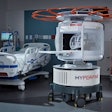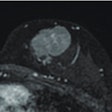Dear MRI Insider,
This edition of the MRI Insider allows you an early look at research from Brigham and Women's Hospital, which found that successful cryoablation of liver tumors can often be seen with contrast-enhanced MRI as soon as 24 hours after the procedure, allowing physicians to better gauge results in less time.
The findings differ from what's been seen with radiofrequency ablation of liver tumors, which typically demonstrates no appreciable contrast enhancement on MRI or CT at any point following ablation. The results suggest that the information provided by contrast-enhanced MRI after cryoablation could prevent errors in follow-up treatment strategies. Read more about the study by clicking here.
In other top features, the addition of two MRI sequences to a common MR angiography technique can significantly improve the detection of pulmonary embolism, according to a study published this month in Radiology. Researchers from the University of Arizona achieved a sensitivity of 84% in detecting pulmonary embolism by combining 3D MR pulmonary angiography, low-flip angle 3D gradient-echo, and respiratory-triggered true fast imaging with steady-state precession MR sequences.
It also appears that MRI has held its own over the past decade when it comes to imaging volume. The Medicare Payment Advisory Commission's annual report to Congress found that utilization of MRI in parts of the body other than the brain increased from 64 services per 1,000 beneficiaries in 2000 to 144 per 1,000 in 2009. Despite a 2.4% dip to 141 units of service per 1,000 beneficiaries in 2010, the use rate still remained well above double the 2000 rate.
While the great majority of us are not likely to experience space travel, researchers using MRI discovered optical abnormalities in the eyes and brains of 27 astronauts who spent prolonged time in space. The abnormalities are similar to defects found in cases of intracranial hypertension here on Earth.
And from the 2012 European Congress of Radiology in Vienna comes a report suggesting that even dialysis patients can safely undergo contrast-enhanced MRI without the risk of nephrogenic systemic fibrosis (NSF), if safety guidelines regarding dose and contrast type are followed. The multicenter Pro-FINEST study concluded that in more than 500 patients exposed to the agents since 2009, there were a few skin lesions but not a single case of NSF, leading researchers to conclude that modern contrast agents in reasonable doses can all but eliminate the risk of NSF, even among the most vulnerable patients.
Make a visit to the MRI Digital Community part of your daily routine, as we continue to report on novel MRI research and the latest news on the modality.

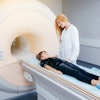
.fFmgij6Hin.png?auto=compress%2Cformat&fit=crop&h=100&q=70&w=100)


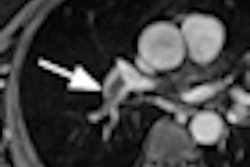
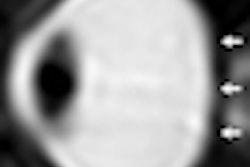

.fFmgij6Hin.png?auto=compress%2Cformat&fit=crop&h=167&q=70&w=250)




